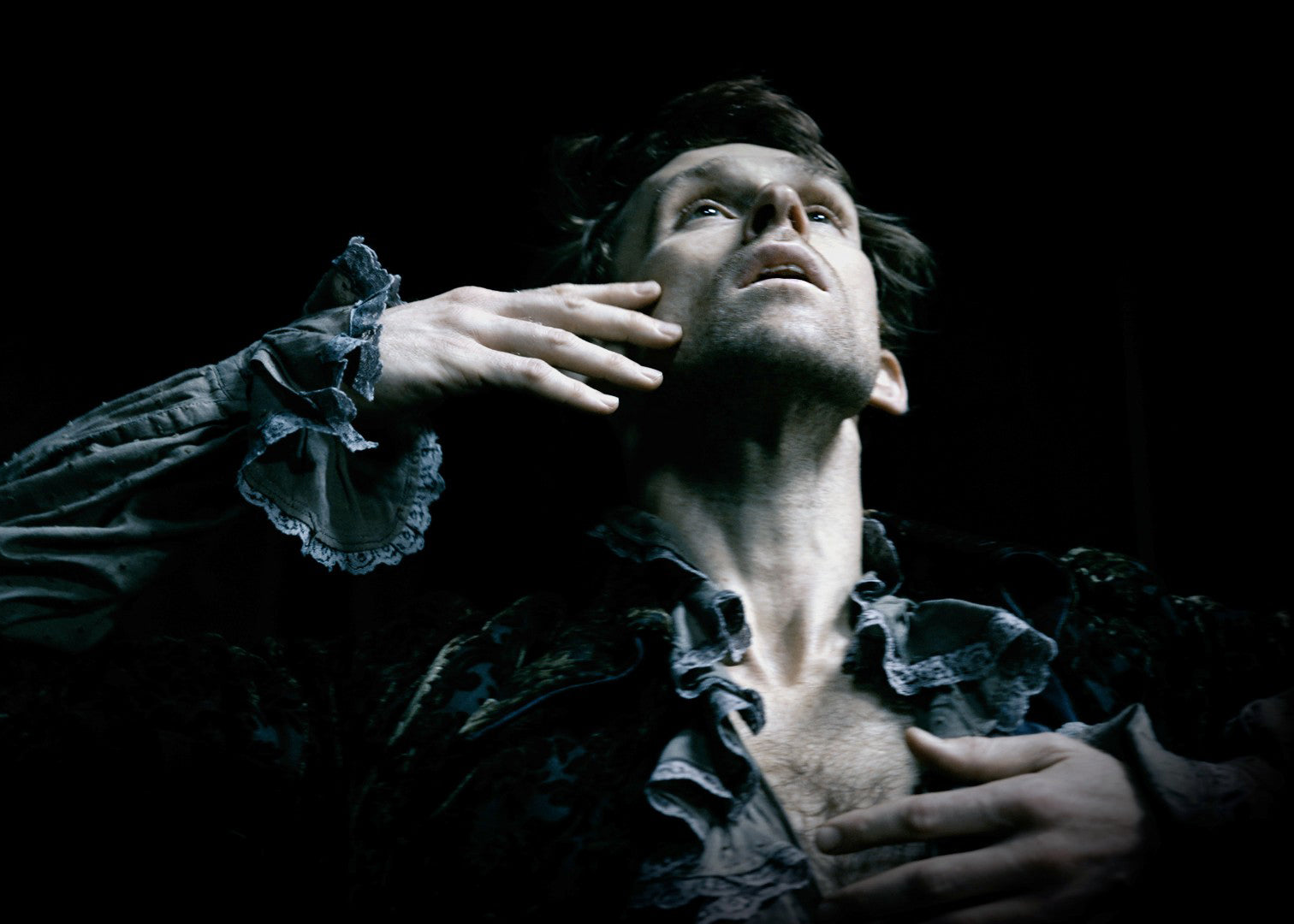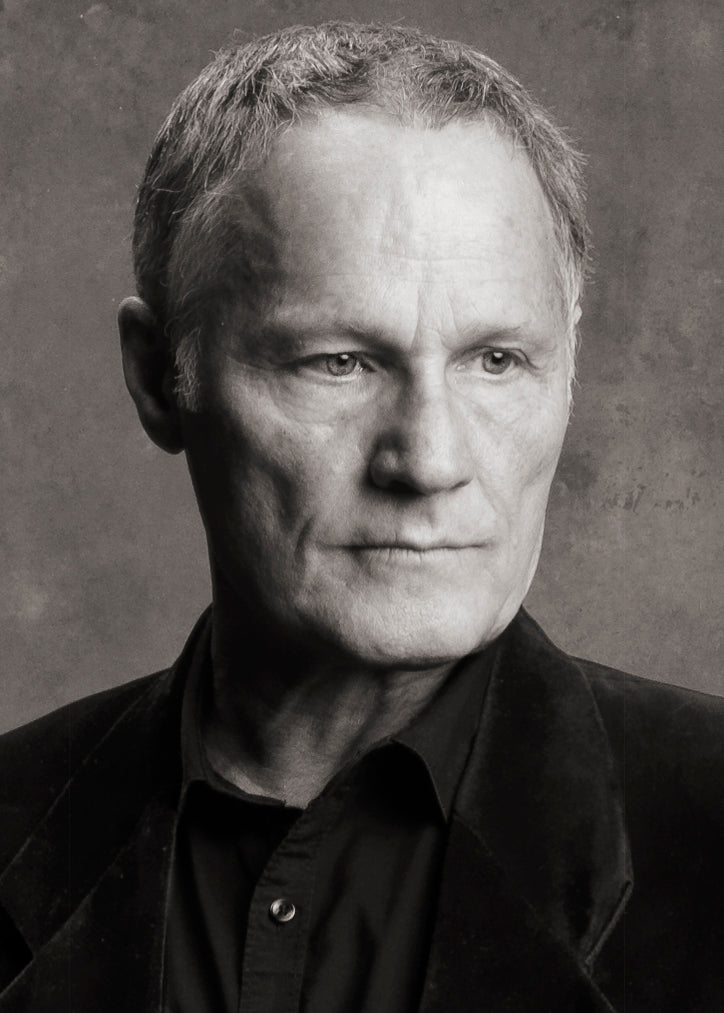Critic's Picks 2025
Throughout the year, our critics attend hundreds of dance performances, whether onsite, outdoors, or on the proscenium stage, around the world.
Continue Reading
World-class review of ballet and dance.
I never set out particularly to be a creator of solos,” says Lar Lubovitch. “But after 60 years in the dance world and 120 dances, I will have made a number of solos.” On Sunday, September 7, Works & Process hosts Lar Lubovitch: Art of the Solo at Guggenheim New York, where the choreographer will show five examples that span his career: the earliest, “Scriabin Dances” made in 1972 for Martine van Hamel of American Ballet Theatre to music of Alexander Scriabin; the most recent, “Desire” made last year for Adrian Danchig-Waring of New York City Ballet as a video project. Danchig-Waring will perform on Sunday, as will Jacquelin Harris, Ashley Green, and Jesse Obremski of Alvin Ailey American Dance Theater, and Craig D. Black Jr. of Hubbard Street Dance Chicago.



“Uncommonly intelligent, substantial coverage.”
Your weekly source for world-class dance reviews, interviews, articles, and more.
Already a paid subscriber? Login

Throughout the year, our critics attend hundreds of dance performances, whether onsite, outdoors, or on the proscenium stage, around the world.
Continue ReadingOn December 11th, the Alvin Ailey American Dance Theater presented two premieres and two dances that had premiered just a week prior.
Continue ReadingThe “Contrastes” evening is one of the Paris Opéra Ballet’s increasingly frequent ventures into non-classical choreographic territory.
Continue ReadingI’m in the audience of the Pit to watch Kaori Ito’s solo performance, “Robot, l'amour éternel.” It’s in the blackbox performing space at the New National Theatre Tokyo, intimate and close. The stage is an open, raised platform, gauzy white fabric covering the floor.
Continue Reading
comments